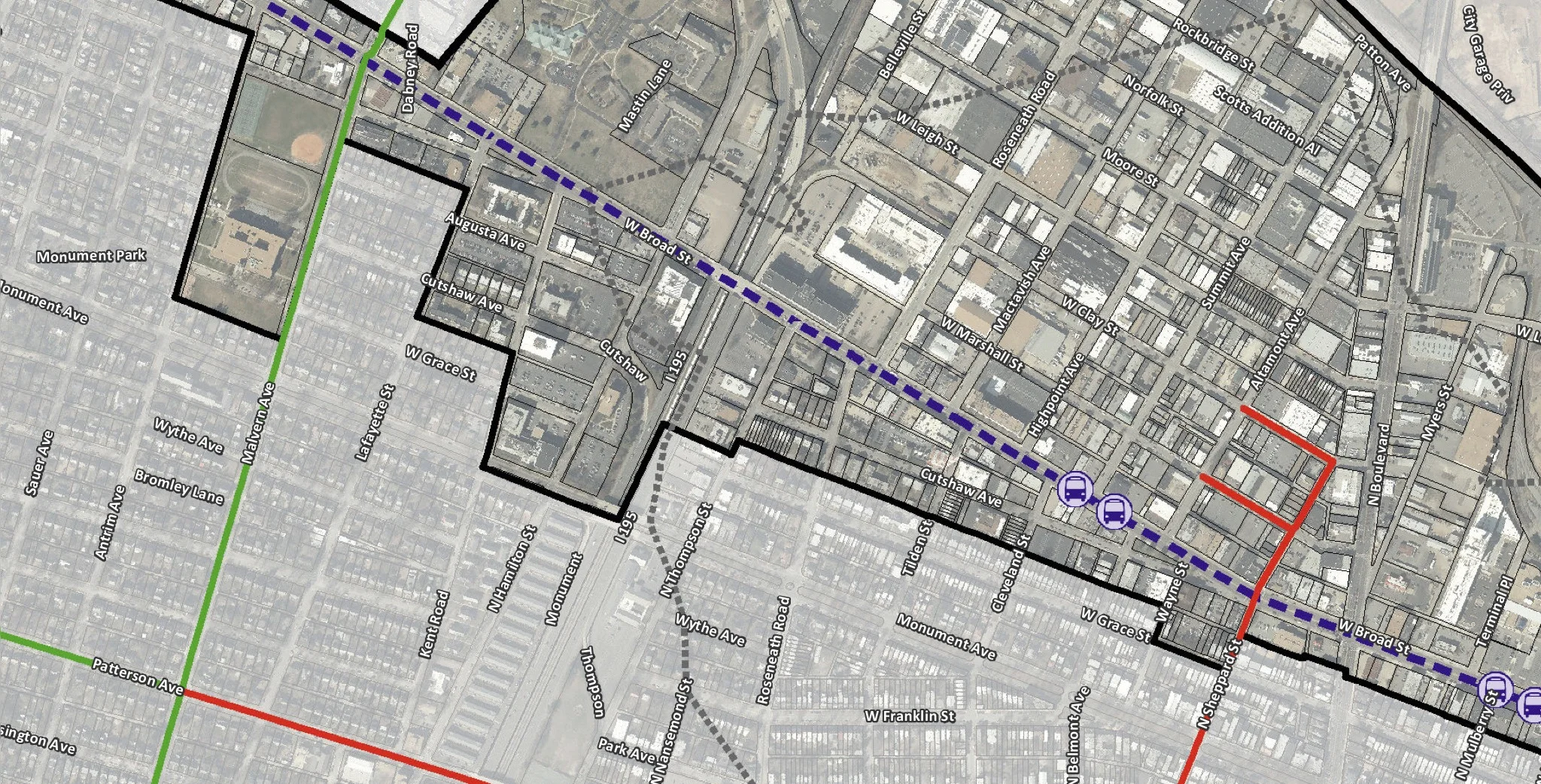by: Charles Wilson
Jeff Speck has made a career studying the adverse implications of a car-dependent America. Andres Duany, has made a career building communities that recreate urban forms at suburban scales to better allow for walkability and transit-readiness. What they both rally around is that America’s built environment has been ravaged over the last 60 years by cars—the driving force behind this country’s environmental decay.
In an op/ed written for the Washington Post in 2010, Speck and Duany target physical health decline in America as a consequence of inactivity spurred by car-dependence, and in critiquing the focuses of the “go green” mantra, they argue:
“[W]hat seems least often mentioned in the discussion of climate change and our ‘carbon footprint’ is the role of city planning. The sustainable-building movement is fixated on gizmos—‘what can I buy to make my house greener?’—but the thing that really matters is location.”
When looking at the goals of RVA Rapid Transit, what we advocate for is a regional rapid transit network to make more locations good locations, locations accessible for those that do not or choose not to own a vehicle (even if it is a Prius). As Richmonders, we can't wait around and expect things to change, let alone expect developers to take the first step in building transit-oriented developments where no transit exists or is planned. We've got to tell our elected officials that this is what we want!
In the last 60 years we've happily rolled out red carpet highways for the automobile. Now it's time to promote walkable, sustainable communities along the backbone of our proposed rapid transit corridors.

